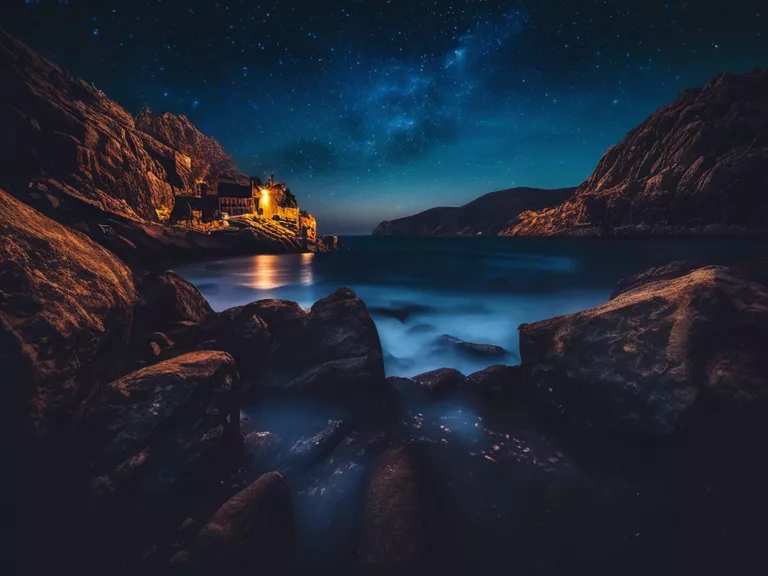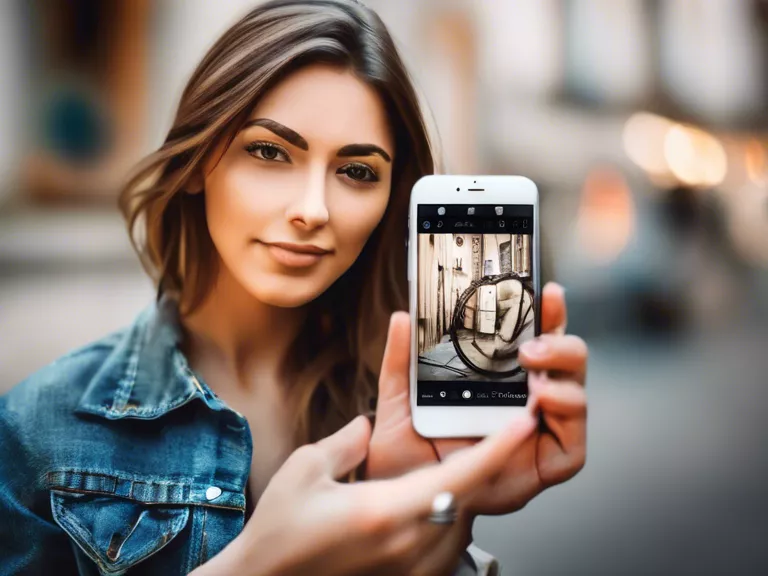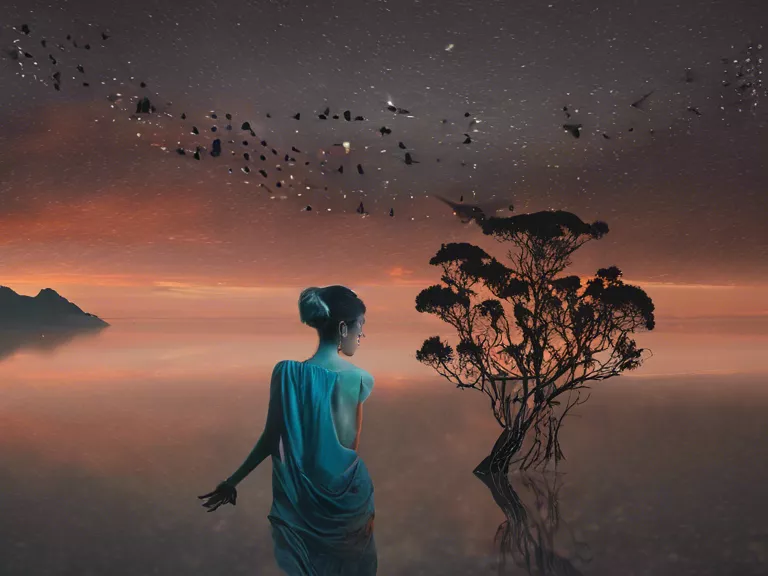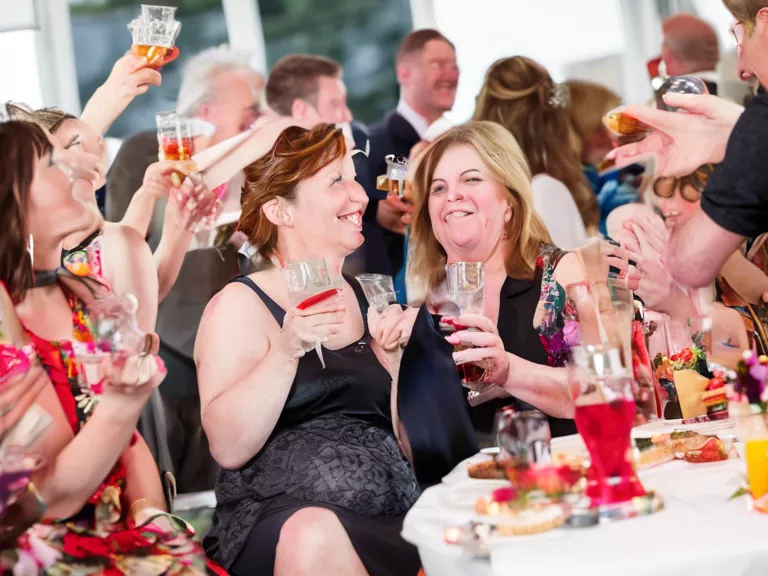
Night photography can be a challenging yet rewarding genre for photographers. Capturing stunning images in low light conditions requires the right techniques and equipment. In this article, we will explore the best techniques for capturing breathtaking night photography that will leave viewers in awe.
One of the key aspects of successful night photography is understanding and mastering long exposure photography. Using a slow shutter speed allows more light to enter the camera, resulting in brighter and more detailed images. To avoid camera shake, it is essential to use a tripod to keep the camera steady during long exposures.
Another important technique for night photography is adjusting the camera settings to achieve the desired effect. Increasing the ISO sensitivity can help capture more light in dark environments, but be mindful of noise that may result from high ISO settings. Experimenting with aperture settings can also impact the depth of field and overall image sharpness.
Using a remote shutter release or the camera's timer function can help avoid camera shake when taking long exposure shots. This allows photographers to capture crisp and clear images without any unwanted movements.
Composition plays a crucial role in night photography as well. Look for interesting subjects and use leading lines or framing techniques to create dynamic and visually appealing images. Experiment with different angles and perspectives to capture unique and compelling shots.
Lastly, don't be afraid to experiment and try new things in your night photography. Play around with light sources, such as street lamps or car headlights, to add drama and interest to your images. Practice patience and persistence, as mastering night photography takes time and practice.
By incorporating these techniques into your night photography workflow, you can elevate your images and capture stunning shots that will impress viewers. Remember to have fun and enjoy the process of creating beautiful night photography masterpieces.



